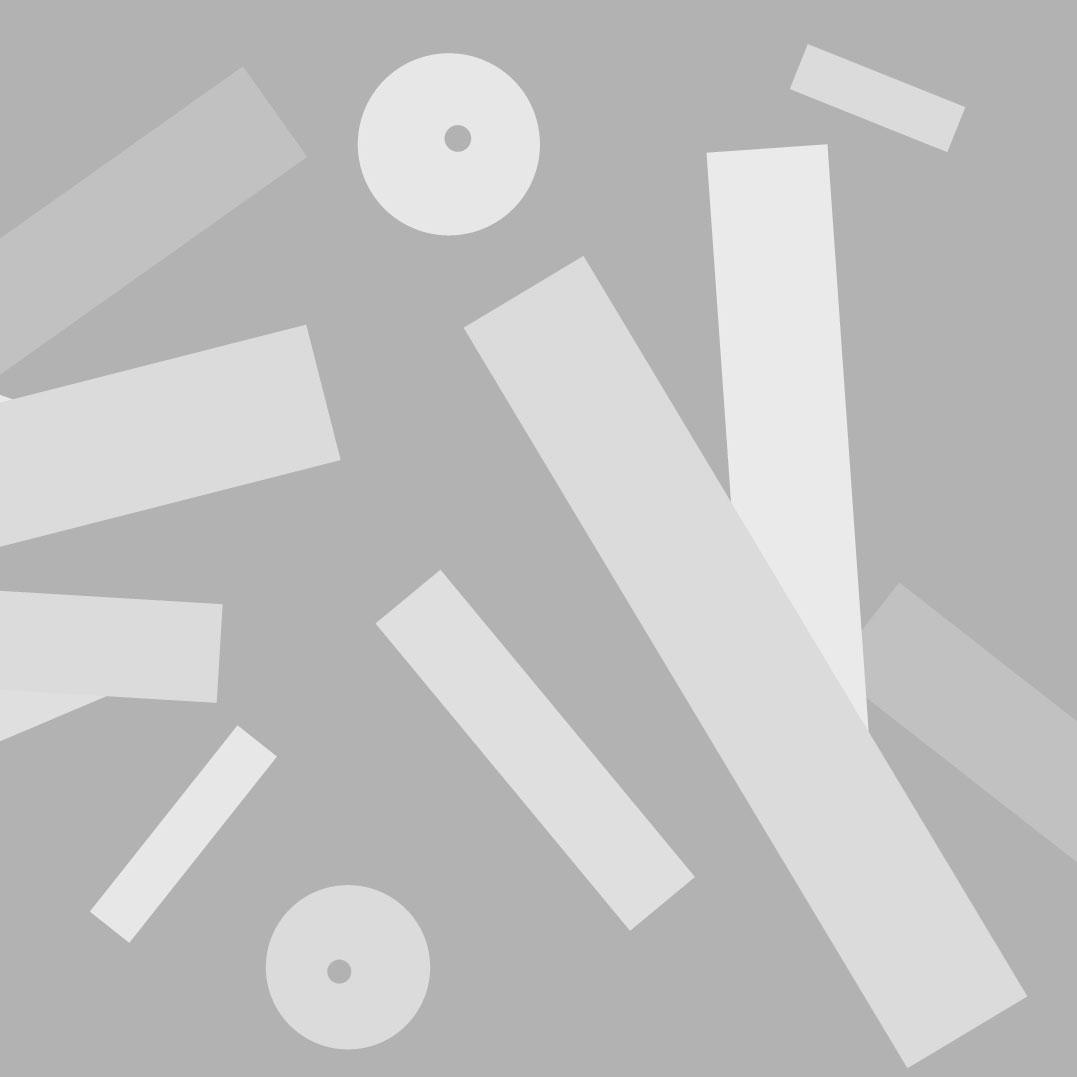The sacred book of Muslims, the Quran, on several occasions reminds believers to think of God, to mention His name frequently, and to invoke Him day and night in every possible manner. Sufis, recognizing that the Quranic injunctions represent an important tool for redemption, have developed over the centuries an extensive liturgy that varies according to geographical areas, languages, and worship fraternities.
The cosmic dance of the Mevlevi Dervishes, a fraternity founded in Konya, Anatolia in the 13th century by Jalal ud Din Rumi, is certainly one of the most fascinating examples of Sufi liturgy. Among the many paths that lead to God, the Mevlevis have chosen those of music and dance. Clad in a wide white robe symbolizing the shroud, wrapped in a large black cloak symbolizing the sarcophagus, with a cylindrical cap on their heads (symbolizing the tombstone), and led by their master, the dervishes arrange themselves in the sacred space of worship. They sit in front of a red carpet that reminds the faithful of the death of their master, Rumi, and the cantor, unaided by instruments, begins to praise God.
Then, the Nay (flute) begins to improvise sweet melodies, the master strikes the floor, and slowly the dervishes perform three rotations, delineating the sacred space and symbolizing the three paths that lead to God: the path of knowledge, vision, and union. At the end of this ritual, they remove their cloaks and seek permission to dance.
The dance consists of an anti-clockwise rotation of the body within the space, arms open like wings, the right hand raised upward toward the sky, and the left hand lowered as if pouring onto the earth the grace received from heaven. In this dance, they repeat the laws that govern the universe, the rotation of planets around themselves and around the sun. Meanwhile, other instruments such as drums are added to the Nay, evoking the day of judgment. The rhythm of the dance becomes more urgent and rapid, and even the master participates. The dancers are literally enraptured by the movement and music, entering into a mystical trance where matter and body are annulled in favor of the liberated spirit.
When the master stops and returns to his initial place, the liturgical dance also ends, and the ceremony concludes with the voice of the cantor reciting verses from the Quran.



